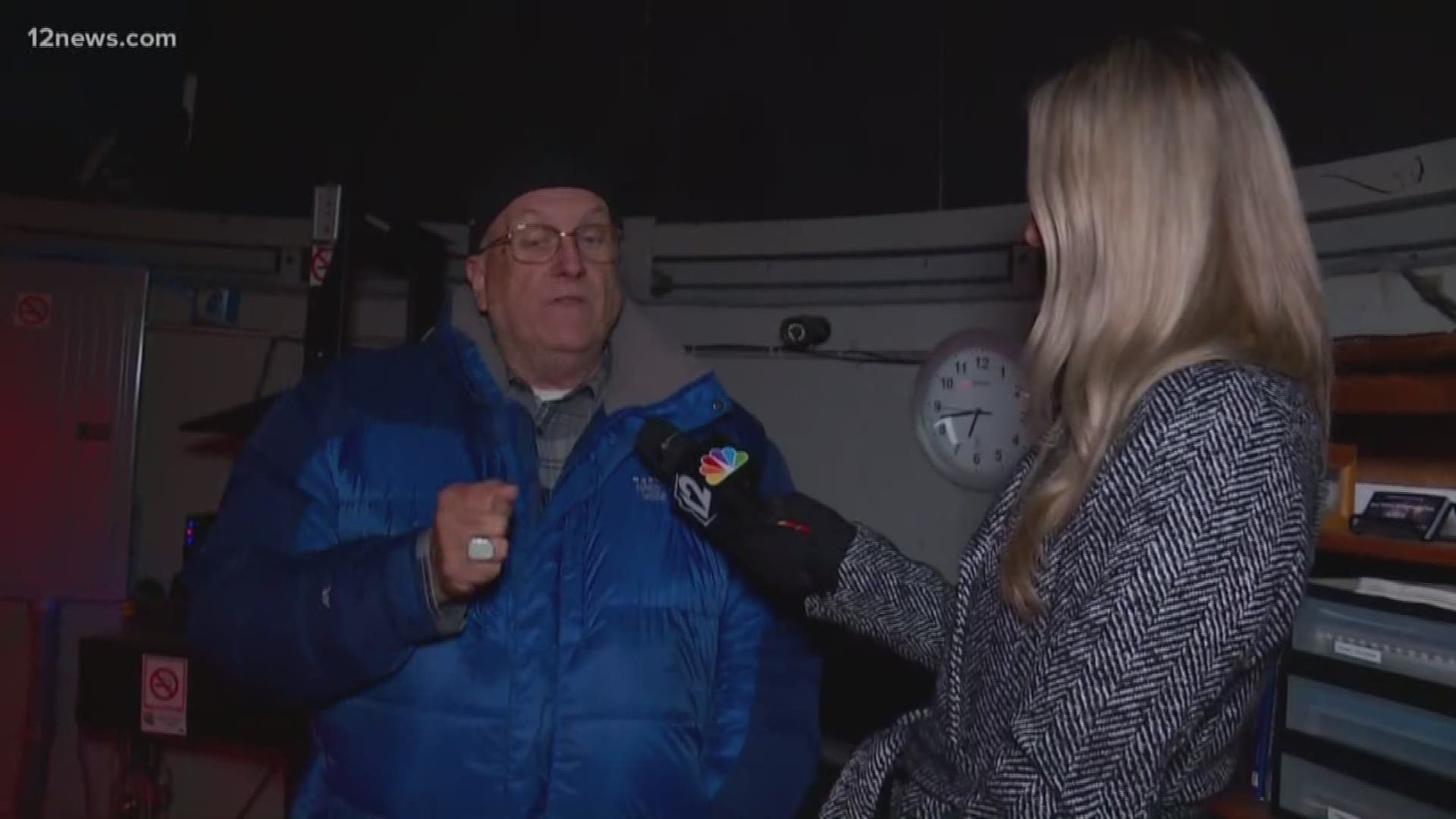The first meteor shower of 2019 is set to streak across the sky tonight and into tomorrow morning.
It’s called the Quadrantids meteor shower and the best time to catch it is between midnight and sunrise Friday morning.
If you plan to watch the sky show, be sure to look high in the northern sky near the Big Dipper. Experts say you don’t need any fancy equipment to view it.
If you're wanting to learn more about astronomy and even do so some stargazing for yourself, you can do so at the Gilbert Rotary Centennial Observatory.
They’re open every Friday and Saturday evening, weather permitting from sunset until 9:30 p.m.
“We invite the public to come out and take a look through the telescope and see the moon, planets, double stars, open clusters,” Claude Haynes, manager of the observatory, said. “The Orion Nebula is a great thing for the winter sky, all sorts of things and to come back through the course of the year as the sky rotates around, you’ll see different stars, different things to see.”
Haynes showed us a sample meteorite, comprised of nickel-iron, and he demonstrated how highly magnetic it is.
“Meteor showers themselves are basically the dust from comets that have passed through the sky and as the Earth rotates around in its yearly circle around the sun, we’ll bump into that trail of dust and that’s what’s happening here,” Haynes said.
NASA recommends the best way to view the meteor shower is to find an area away from city or street lights. Lie flat on your back and point your feet toward the northeast.
After spending less than 30 minutes in the dark, your eyes will adjust so you will be able to see meteors.

